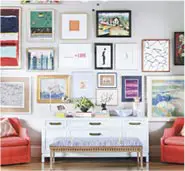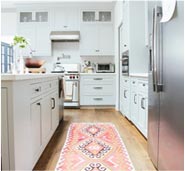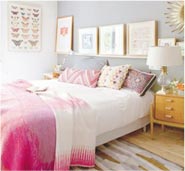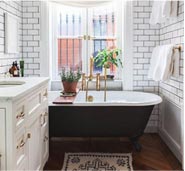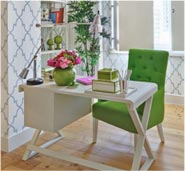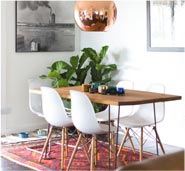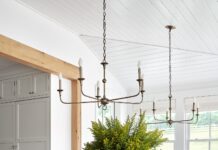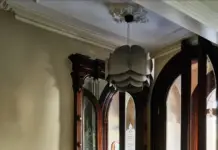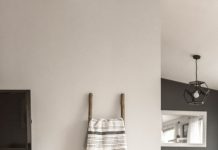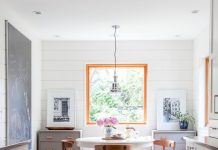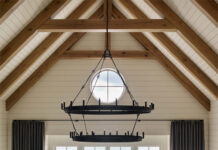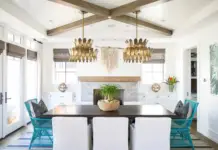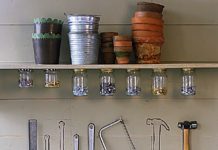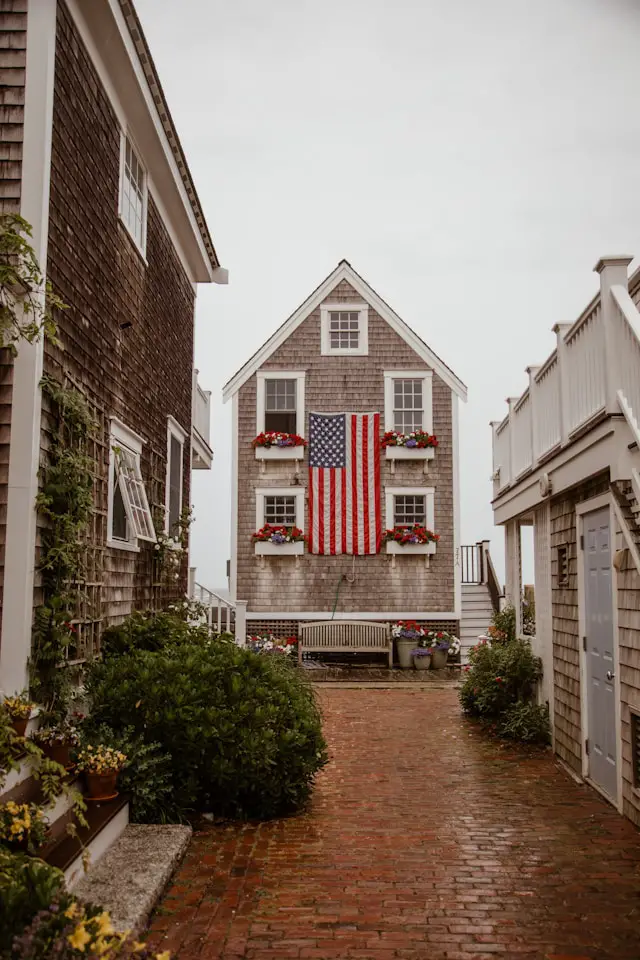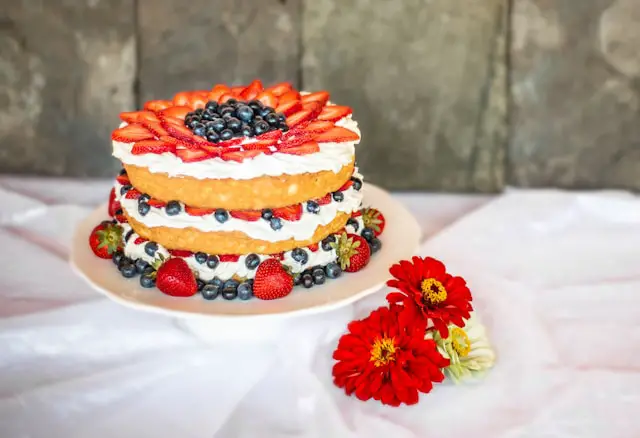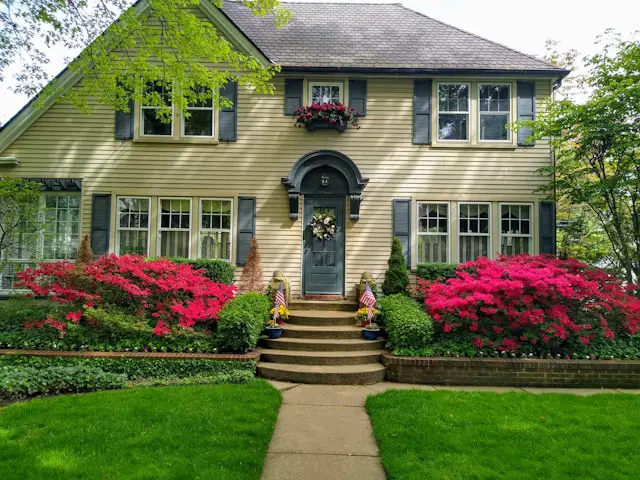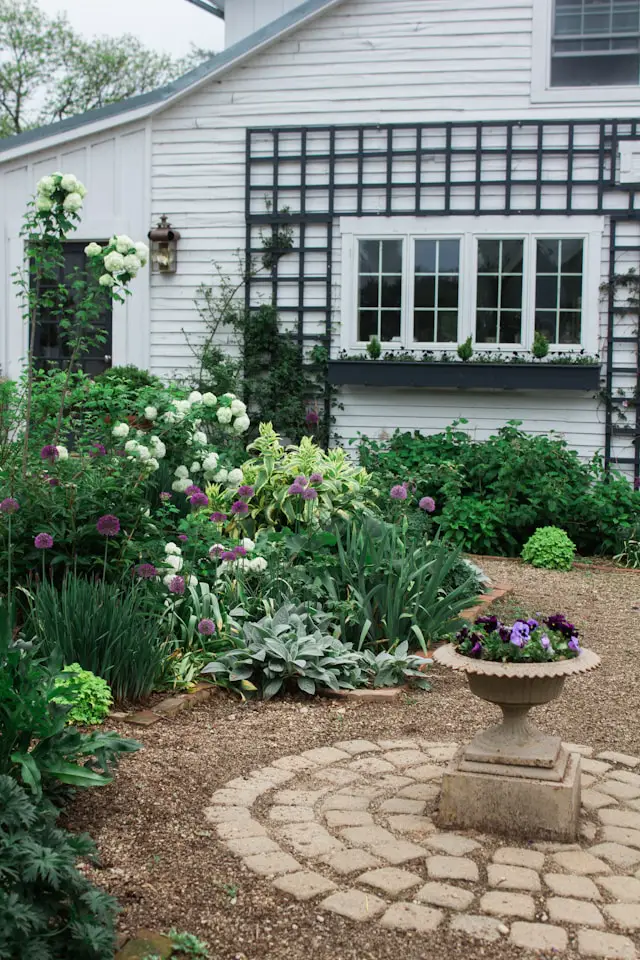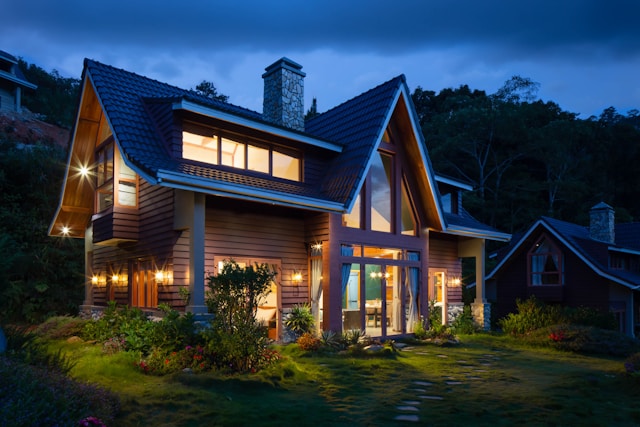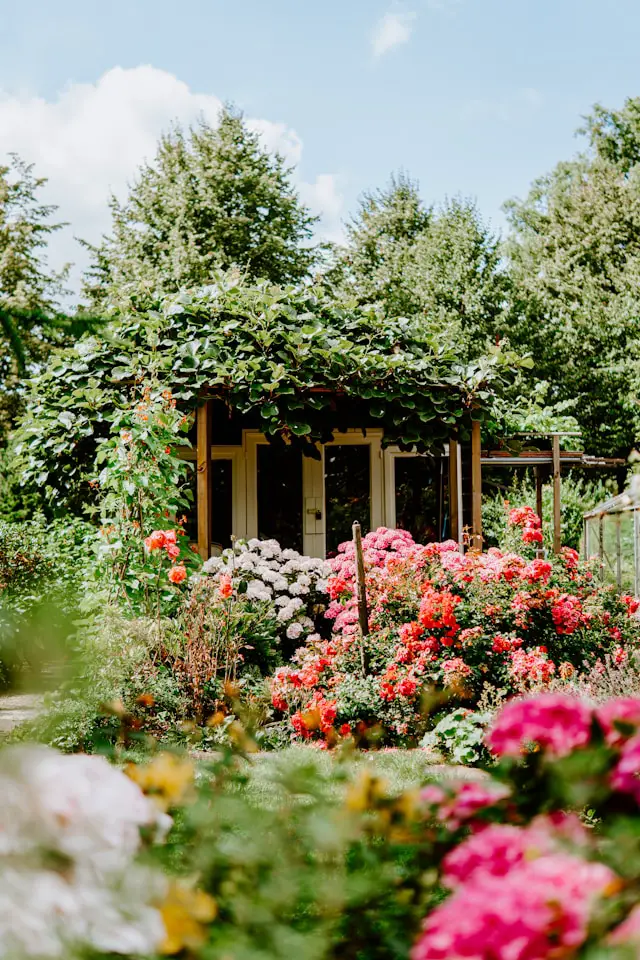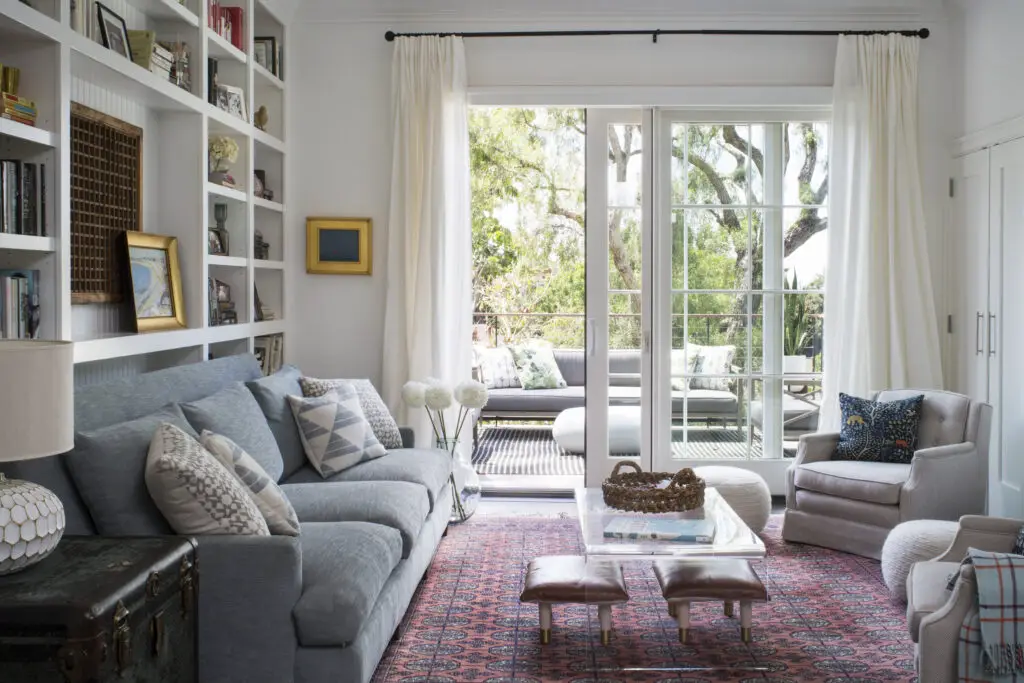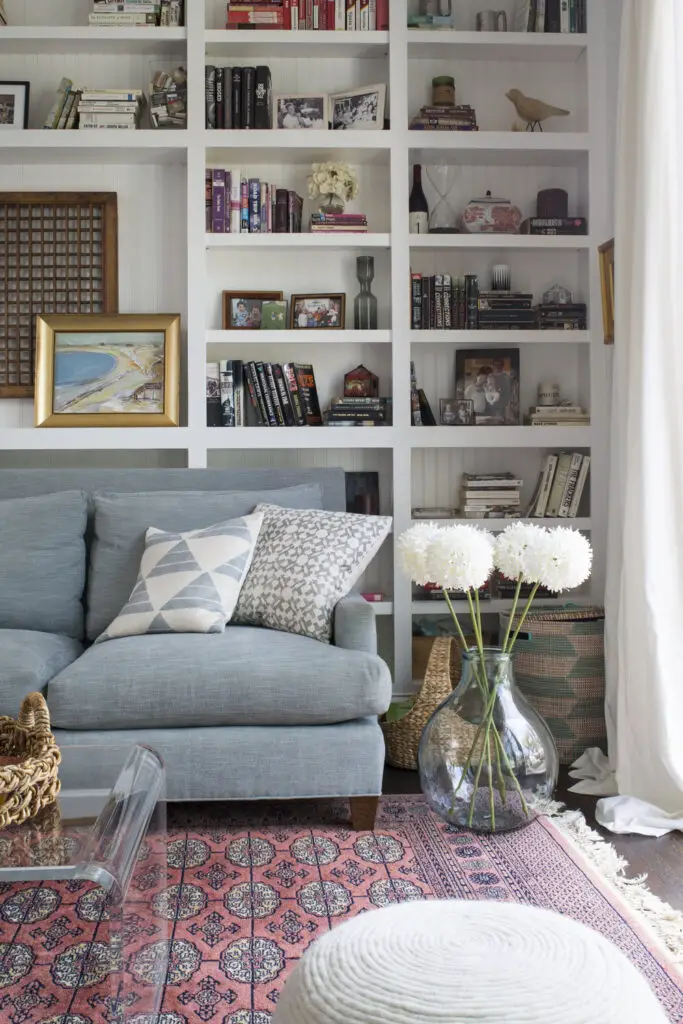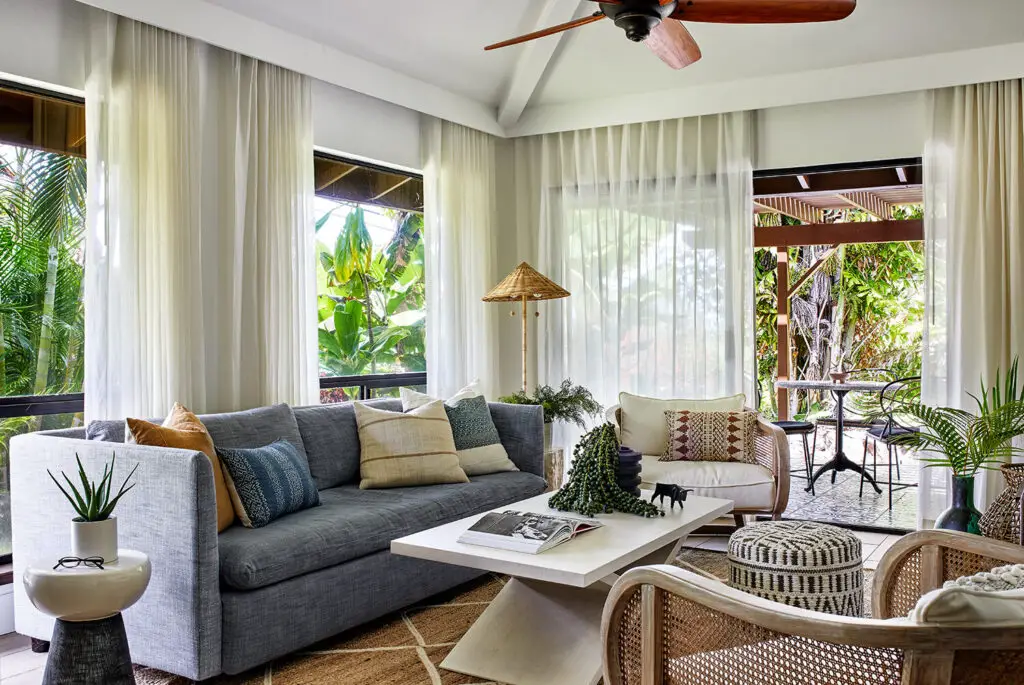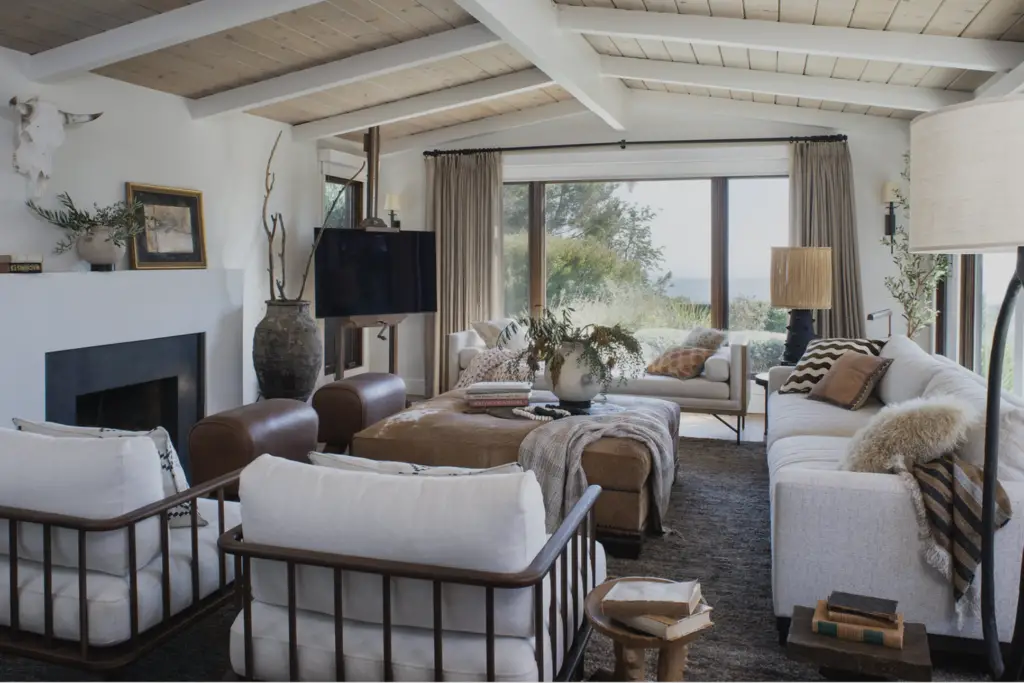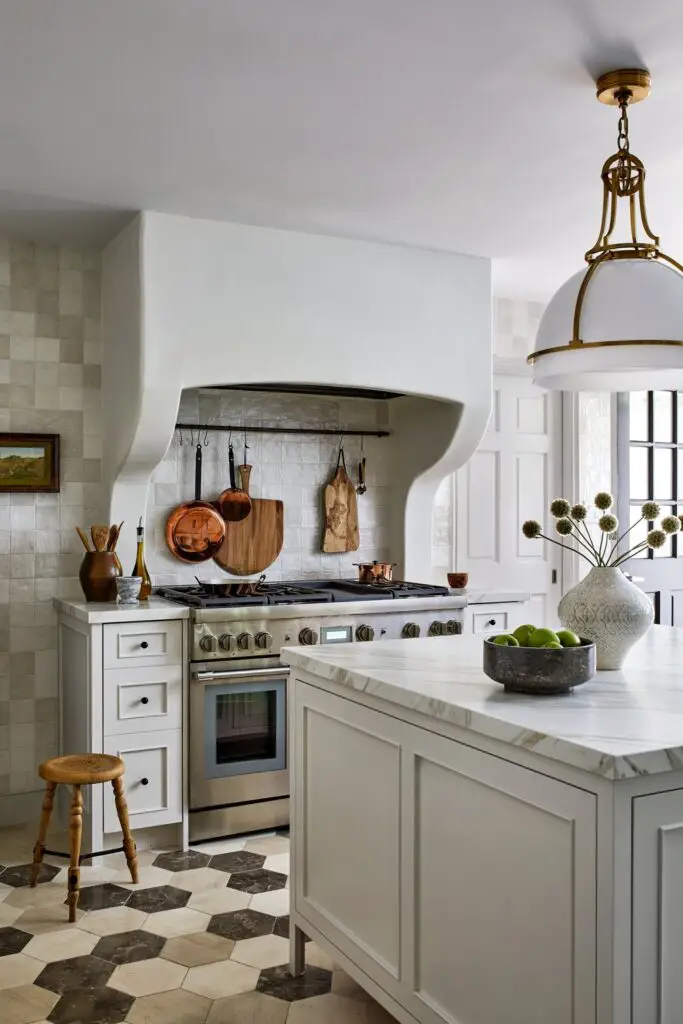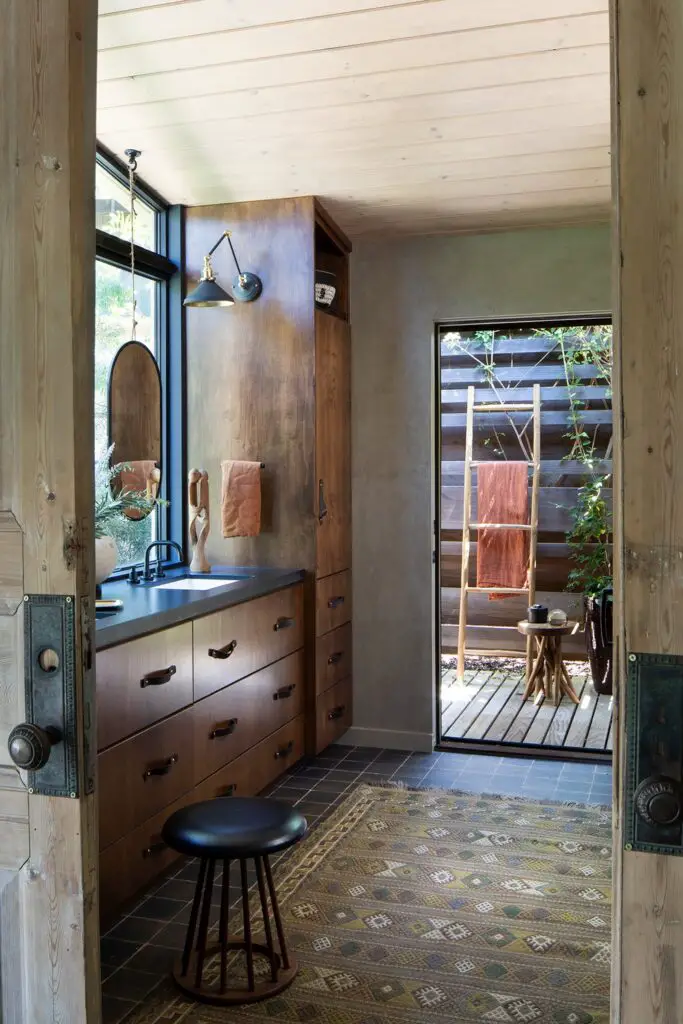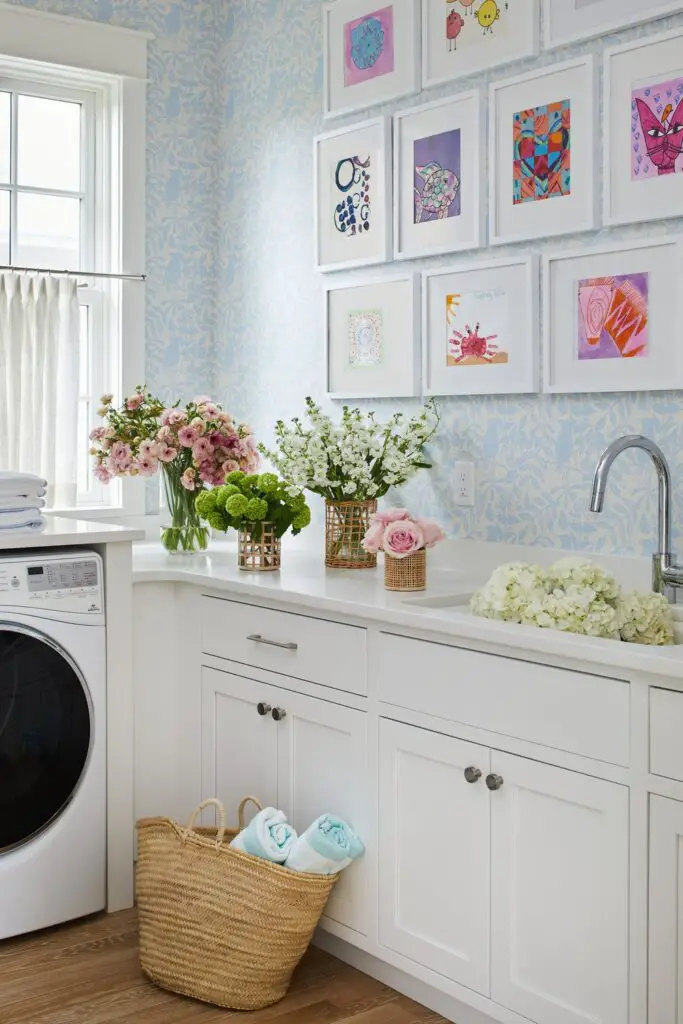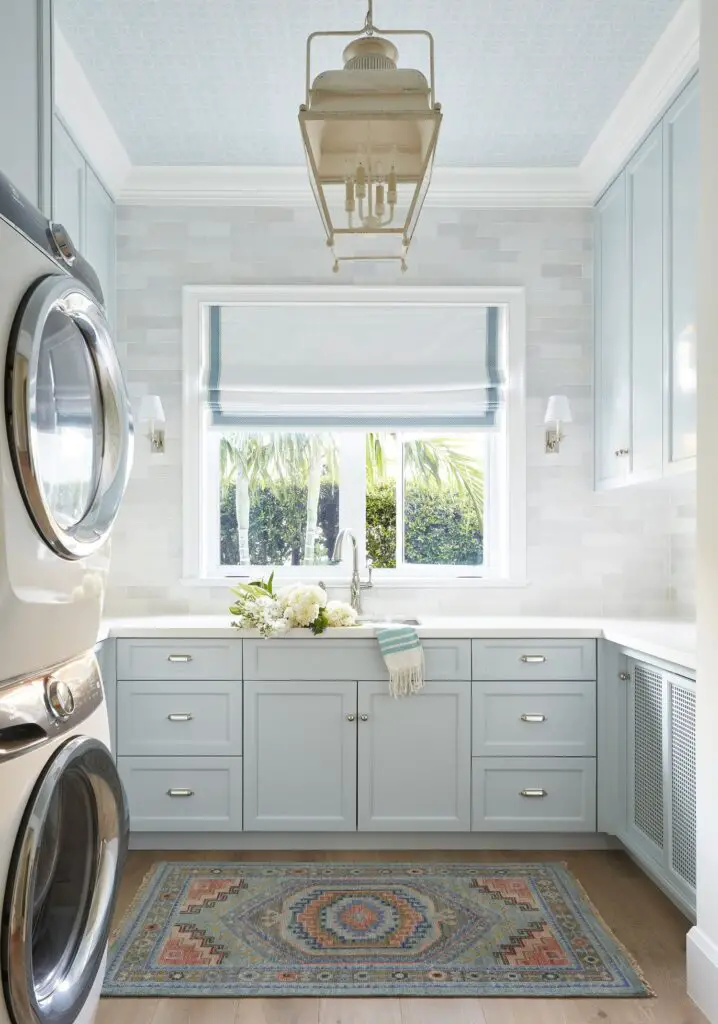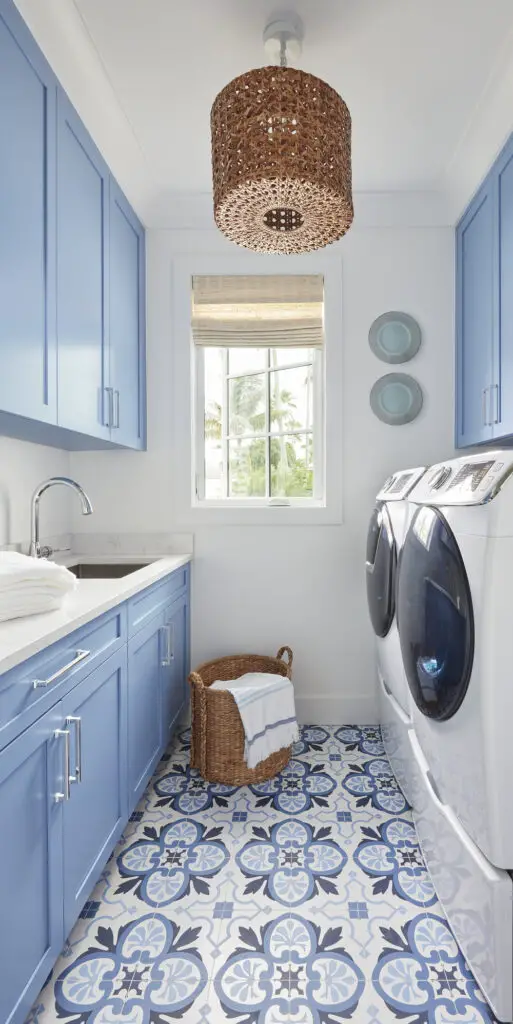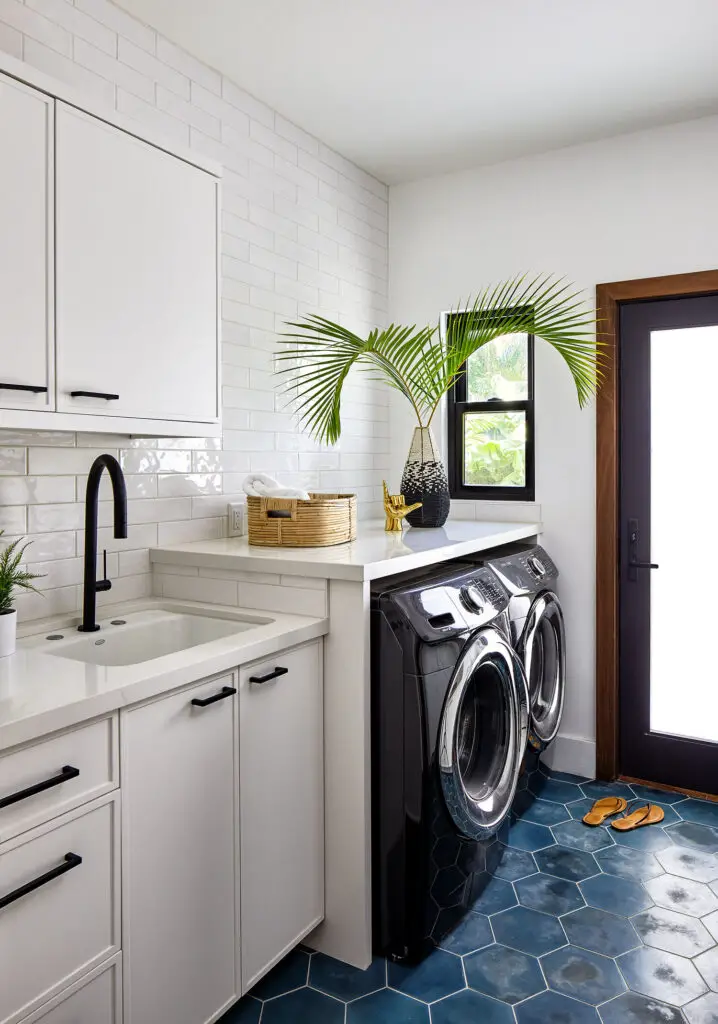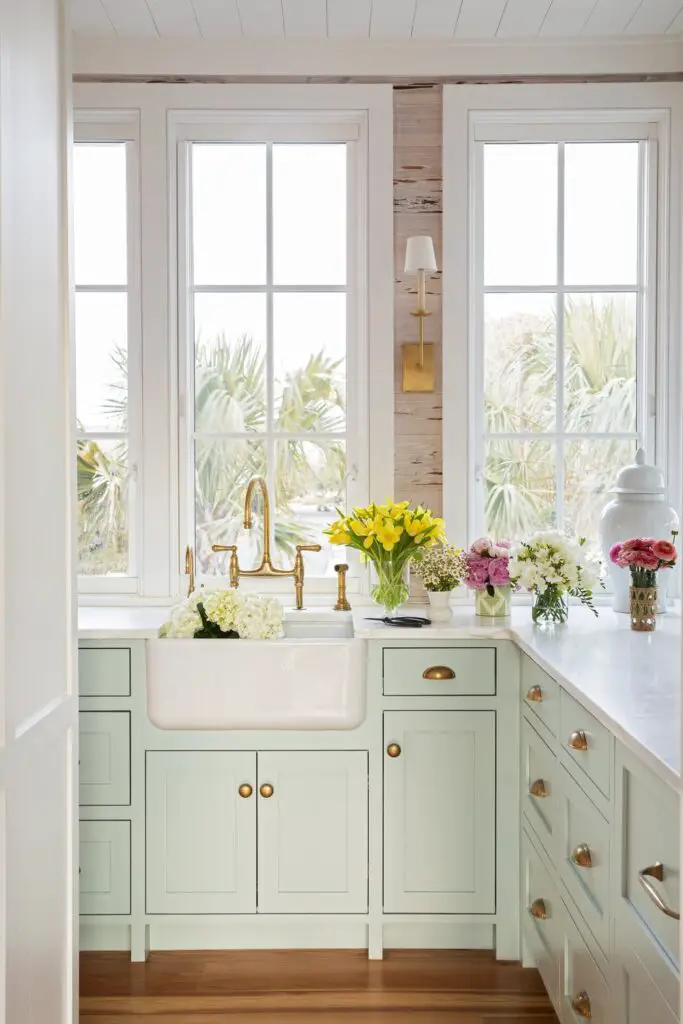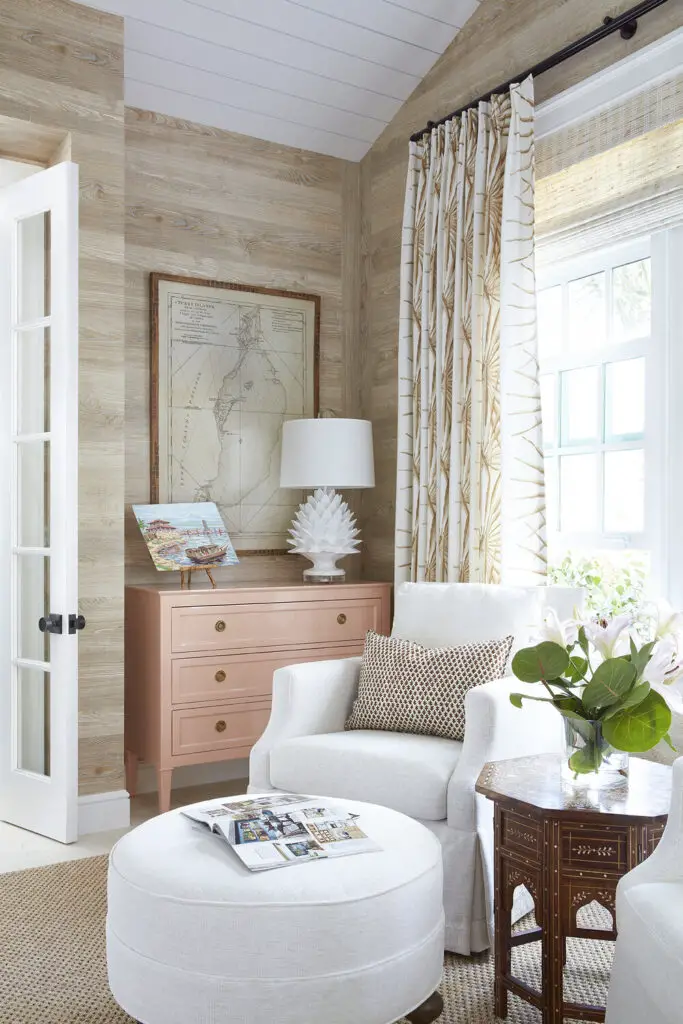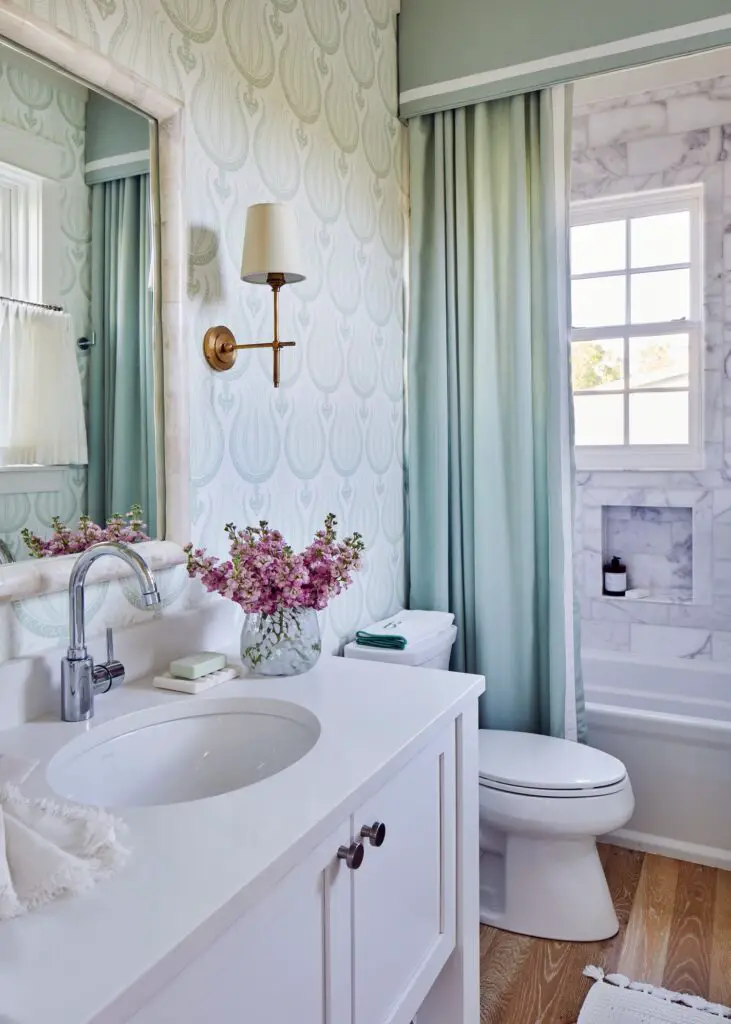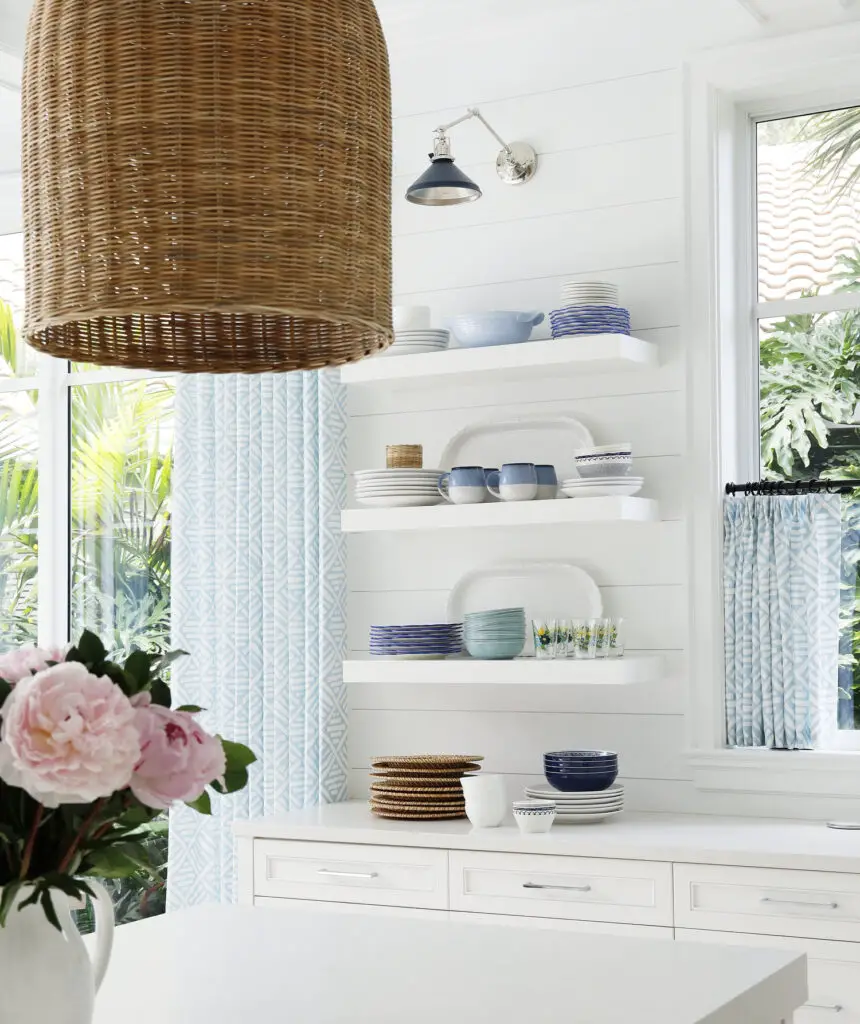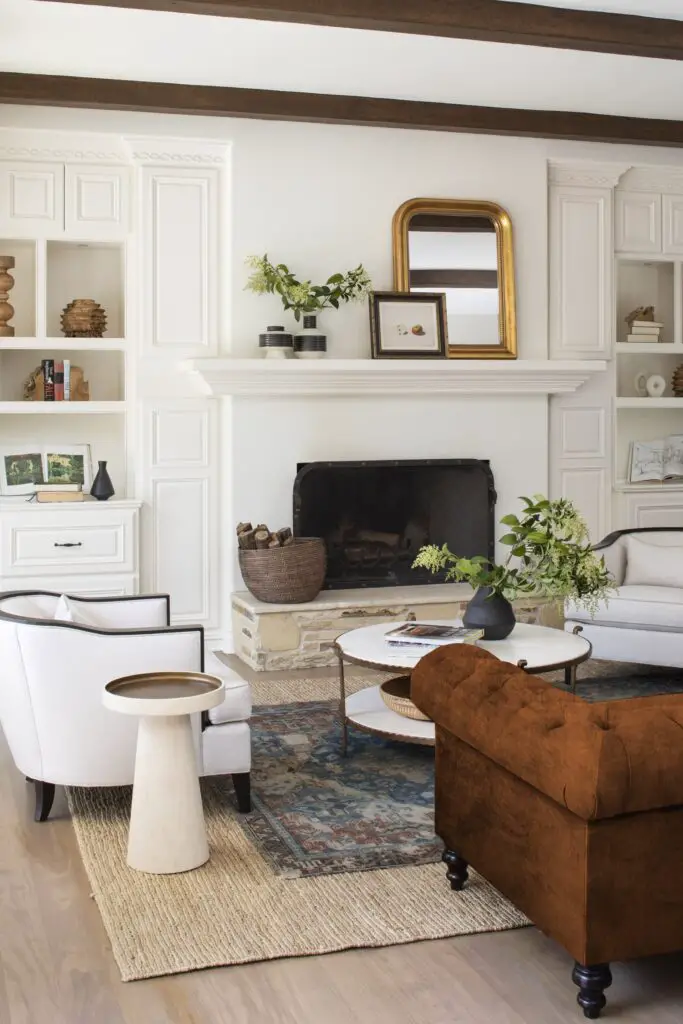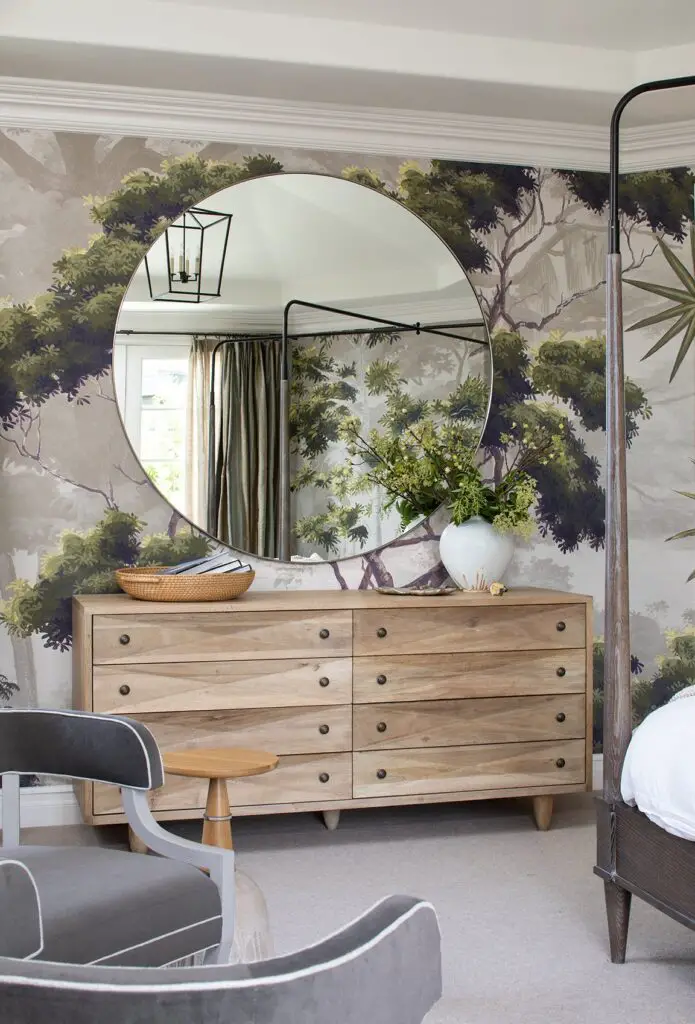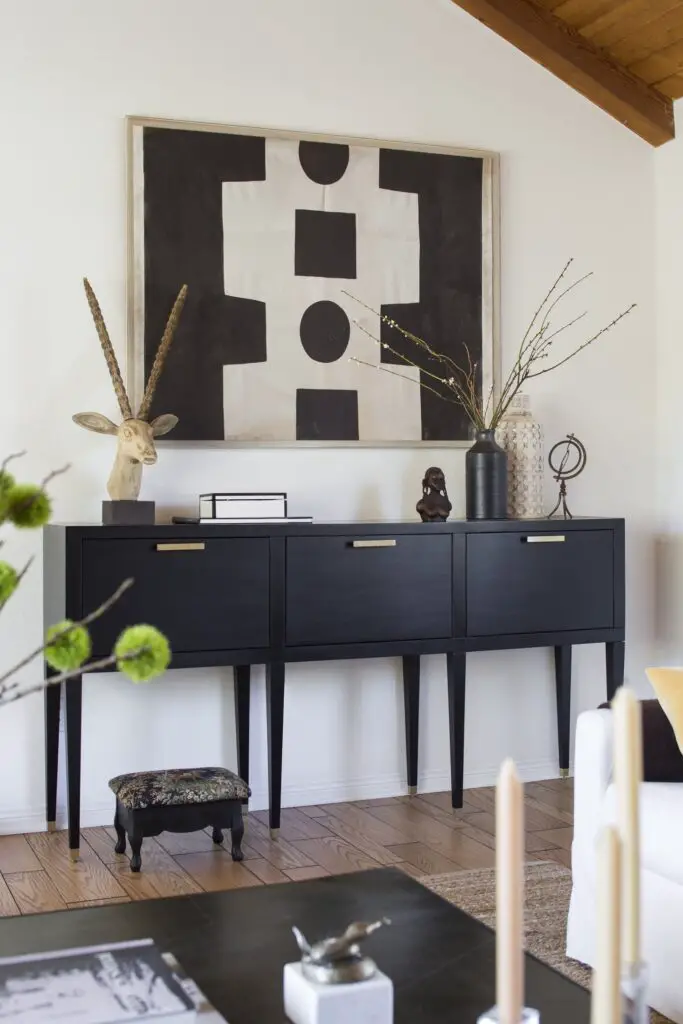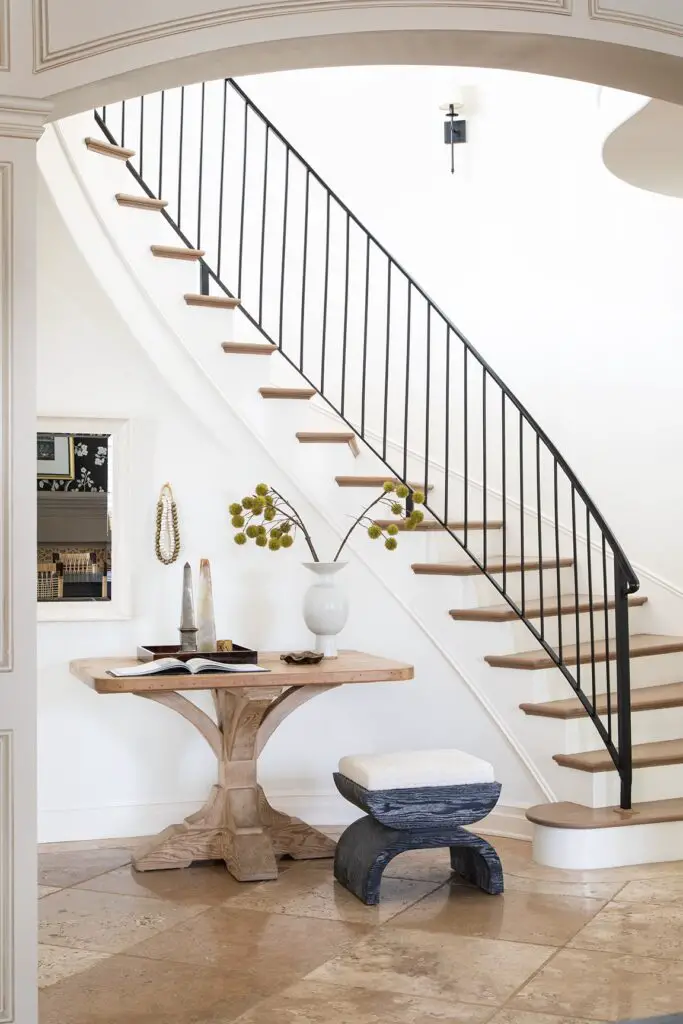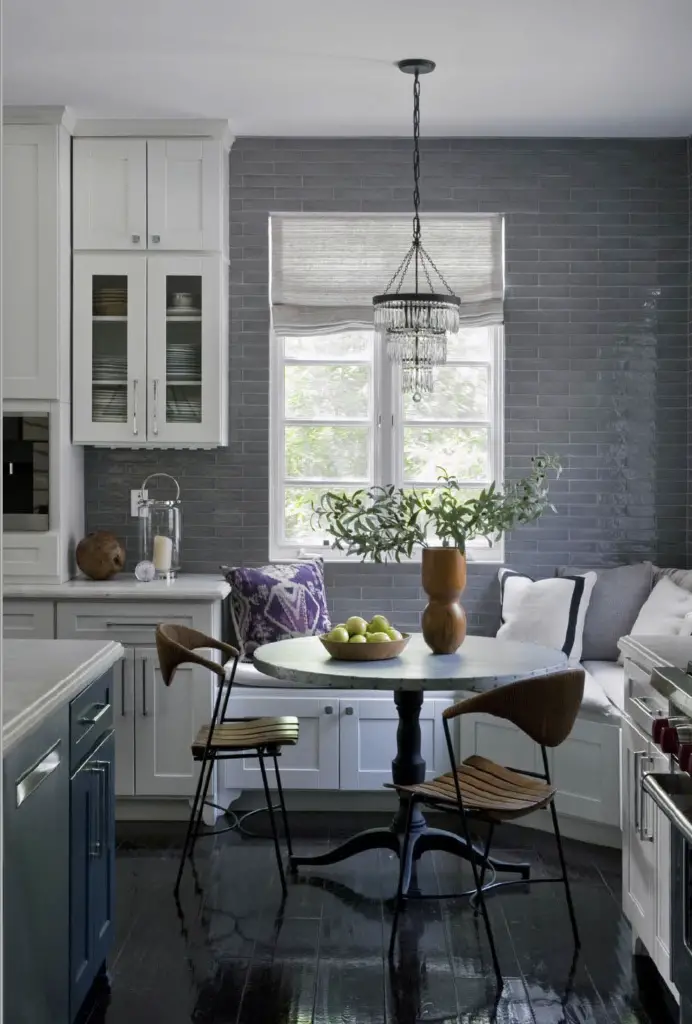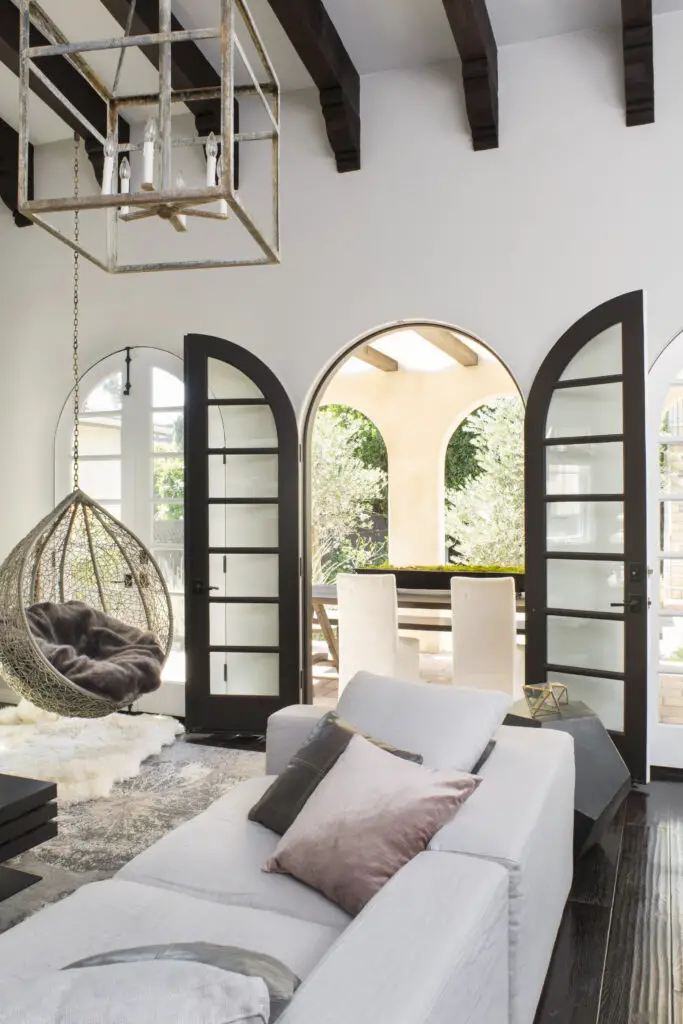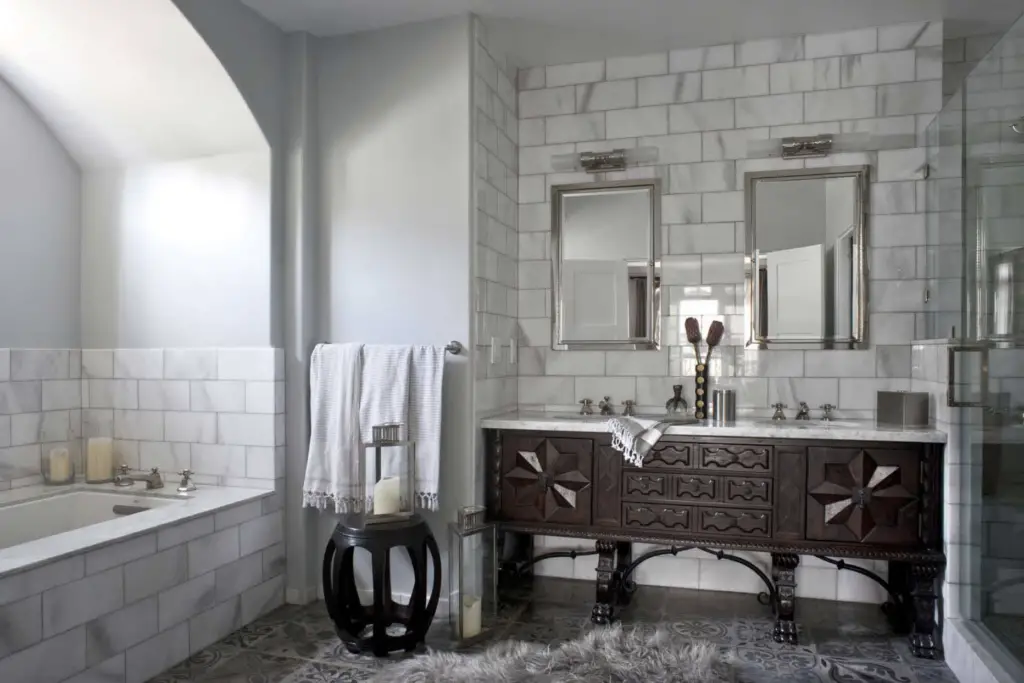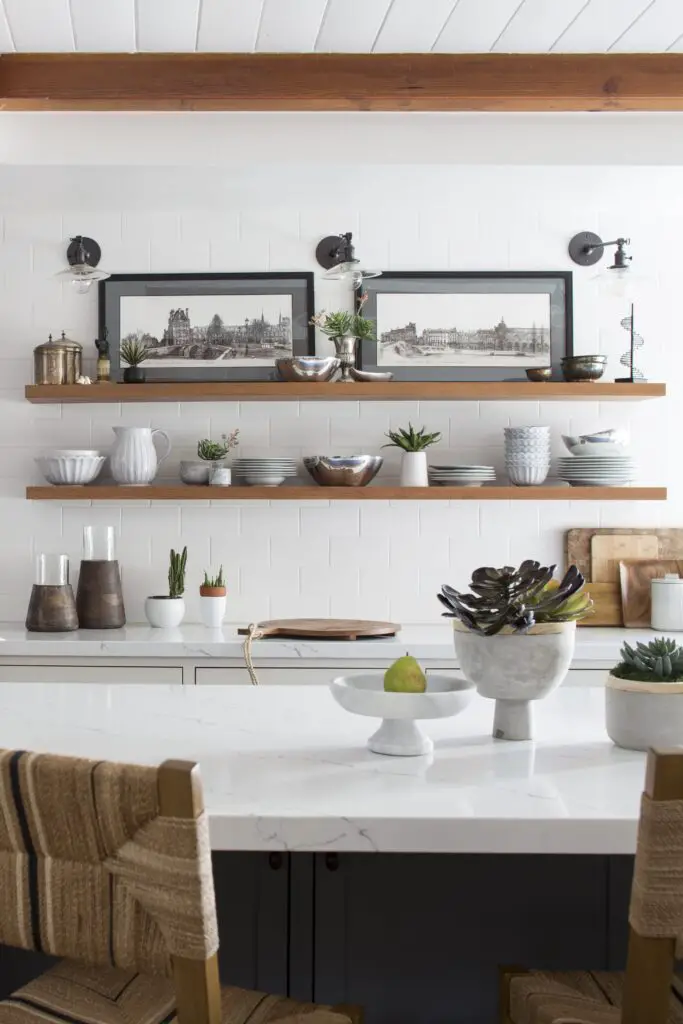Decorating a foyer to represent you and your family involves incorporating personal touches, favorite colors, and meaningful items. Here are some ideas to create a welcoming and personalized space:
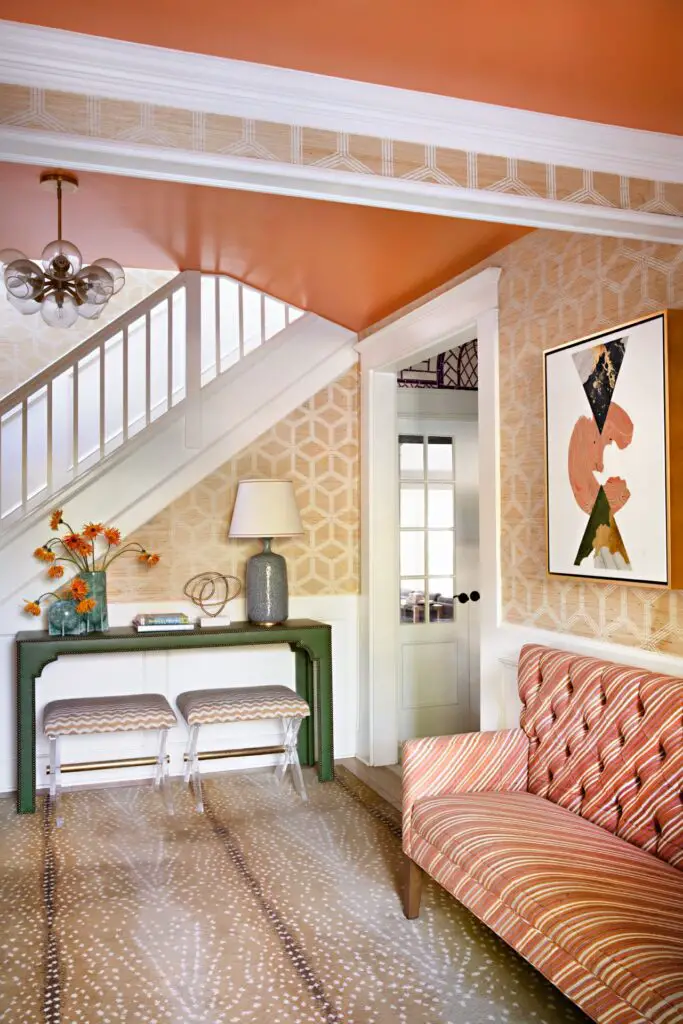
How to Decorate your foyer to represent you and your family
First, choose a color scheme:
Family Favorite Colors: Choose a color palette that reflects your family’s favorite colors. Soft, neutral tones can be complemented with pops of your preferred hues.
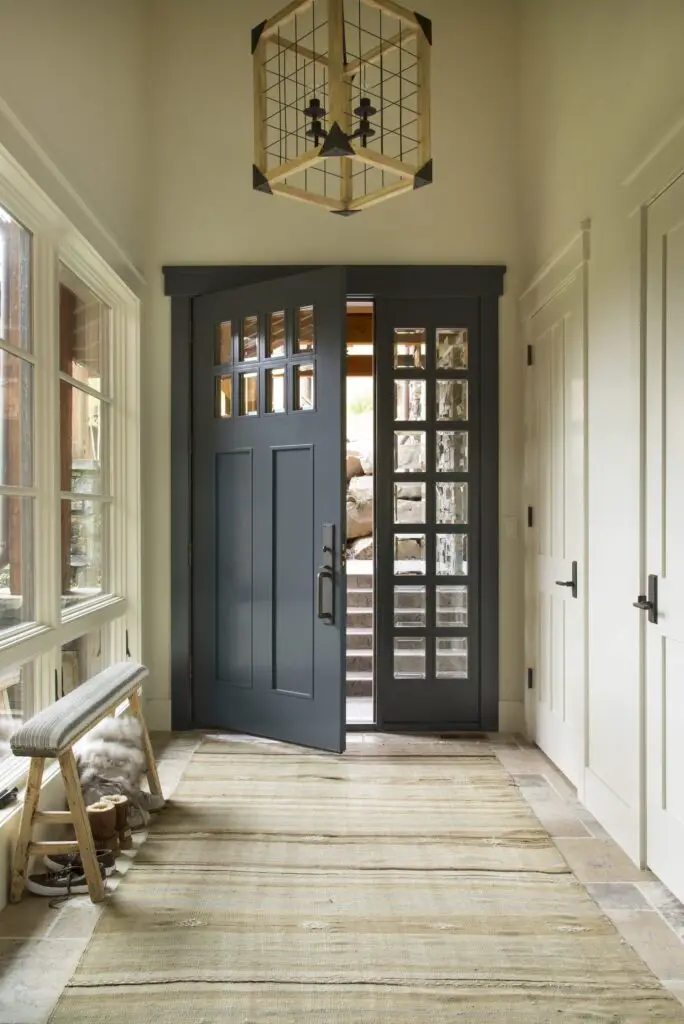
Second, consider furniture:
Entry Table: A stylish entry table where you can place a vase of fresh flowers or a decorative bowl for keys.
Seating: A small bench or a couple of chairs for sitting while putting on shoes.
Next, select wall decor:
Family Photos: Create a gallery wall with framed family photos, highlighting special moments and milestones.
Artwork: Include artwork that reflects your family’s interests, whether it’s paintings, prints, or even children’s artwork.
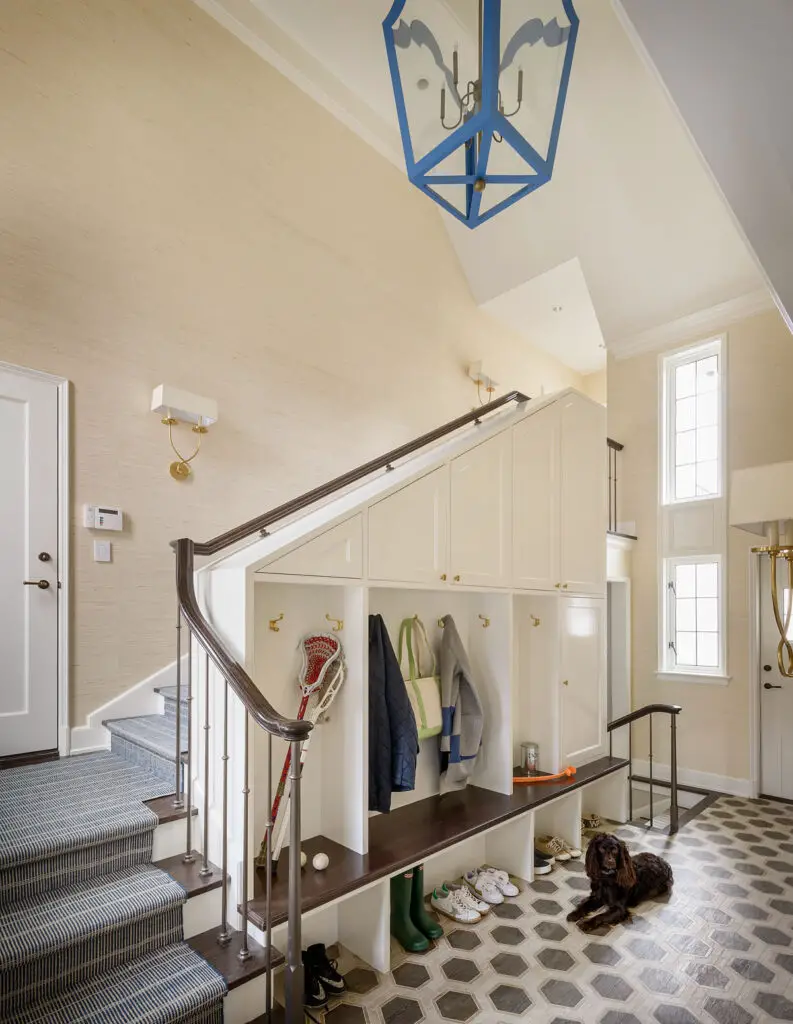
Lighting:
Chandelier or Pendant Light: An elegant chandelier or a modern pendant light can add a touch of sophistication.
Table Lamps: Place table lamps on the entry table for additional lighting and ambiance.
Mirrors:
Statement Mirror: A large statement mirror can make the foyer feel more spacious and bright.
Rugs:
Area Rug: An area rug with colors and patterns that complement your decor adds warmth and comfort.
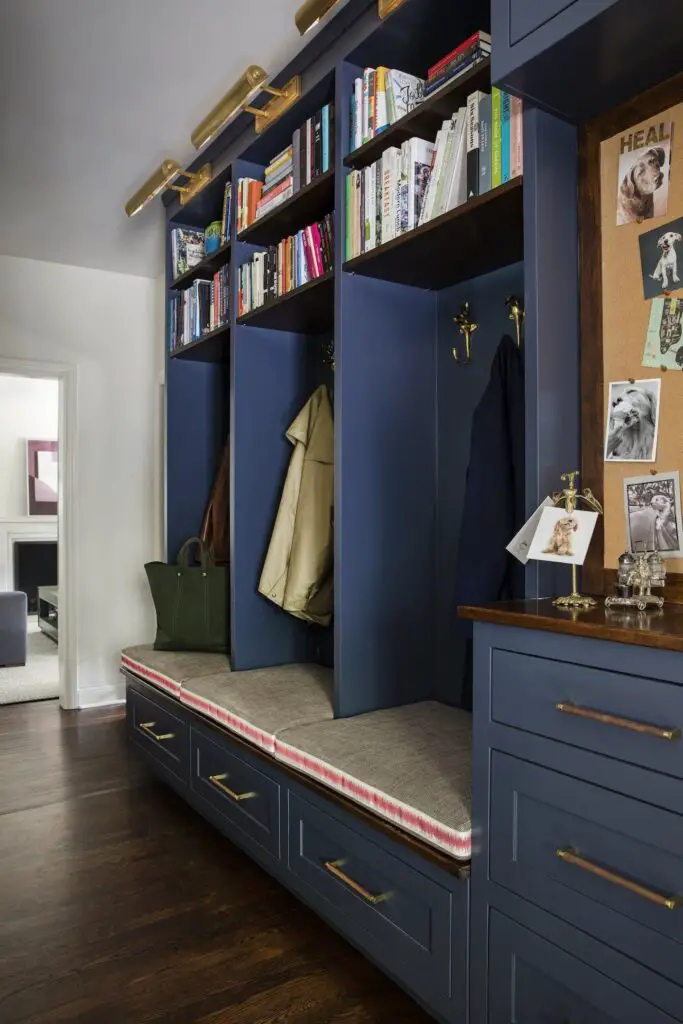
Don’t Forget Personal Touches!
Welcome Sign: A custom welcome sign with your family name or a meaningful quote.
Seasonal Decor: Rotate seasonal decorations to keep the space fresh and festive.
Storage:
Coat Rack or Hooks: Functional and stylish hooks for coats, bags, and hats.
Shoe Rack: A designated spot for shoes to keep the foyer tidy.
Greenery:
Plants: Add some indoor plants to bring life and freshness to the space.
Lastly, add some Cultural Elements:
Cultural Artifacts: Display items that reflect your heritage or places you’ve traveled as a family.
By combining these elements, you can create a foyer that is both functional and a true reflection of your family’s personality and style. Don’t miss our post “SUMMER ENTRYWAYS AND FOYERS“

